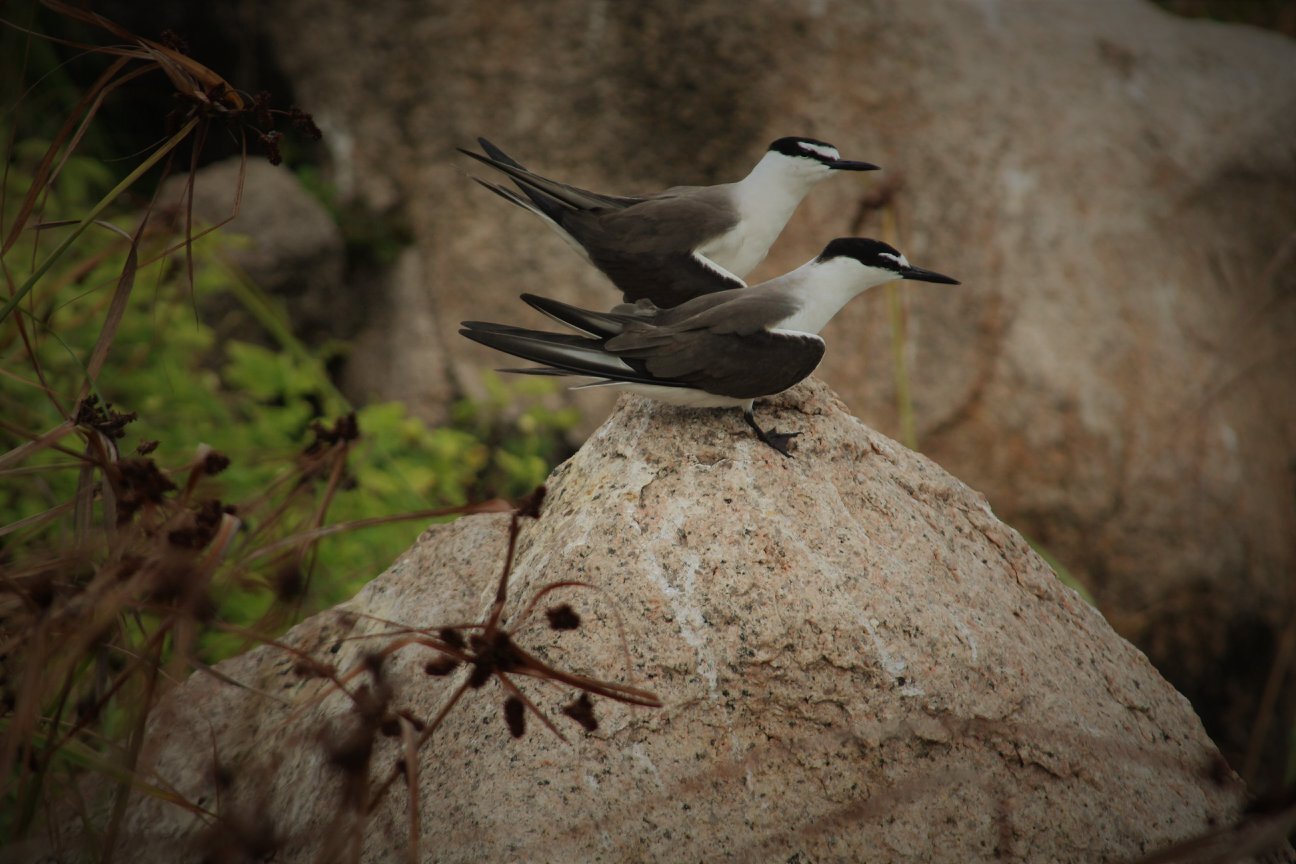Бесчувственная узкоклювая крачка (Onychoprion anaethetus)
Узкоклювая крачка, характерный вид морских птиц, гнездящихся на скалистых валунах острова Кузин, имеет уникальный цикл размножения, который длится около 8,5 месяцев. В отличие от птиц, которые собираются в большие колонии, эти крачки обычно одиноки или встречаются парами на открытых скалистых участках острова. Для гнездования они делают выемки в земле или используют отверстия, чтобы отложить одно яйцо.
Научное название"Anaethetus", означающее "бессмысленный" или "глупый", было дано крачкам моряками. Это произошло из-за легкости, с которой им удавалось поймать птиц и собрать их яйца.
Питаясь преимущественно нырянием, узкоклювая крачка охотится за рыбой в морской среде, демонстрируя удивительную точность в погружениях. В отличие от полярной крачки, она предпочитает прямые погружения, а не технику ступенчатых падений. Этот вид также охотно питается рыбой, обитающей на поверхности, как и черные крачки и чайконосые крачки, но предпочитает кормиться вблизи берега.
Во время ухаживания самец узкоклювой крачки демонстрирует свою пригодность в качестве партнера, предлагая самке рыбу, что является неотъемлемой частью их брачных ритуалов. Адаптация этого вида к динамике хищных рыб у береговой линии позволяет ему извлекать выгоду из рыбы, которую поднимают к поверхности более крупные хищники, тем самым уменьшая необходимость в интенсивном погружении.
Встреча с этими грациозными морскими птицами на острове Кузин позволяет заглянуть в их сложные экологические адаптации и привычки размножения. Наблюдаемые в одиночку или парами на фоне сурового островного пейзажа, узкоклювые крачки вносят свой вклад в богатое птичье разнообразие, которое делает остров Кузин раем для орнитологов и любителей природы.


